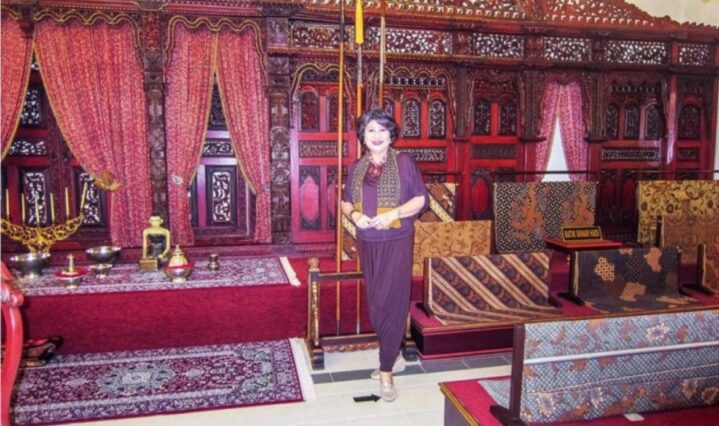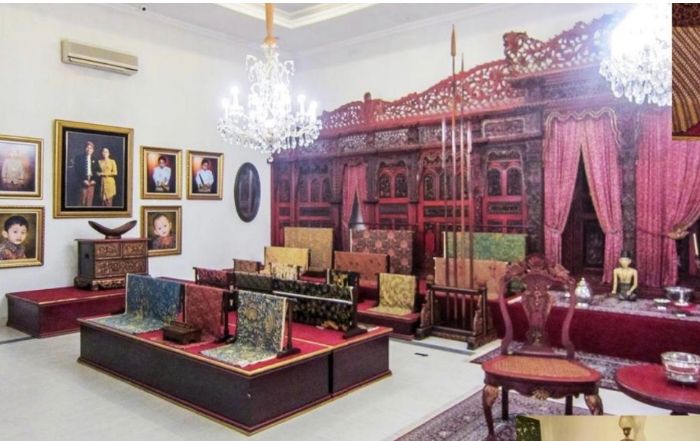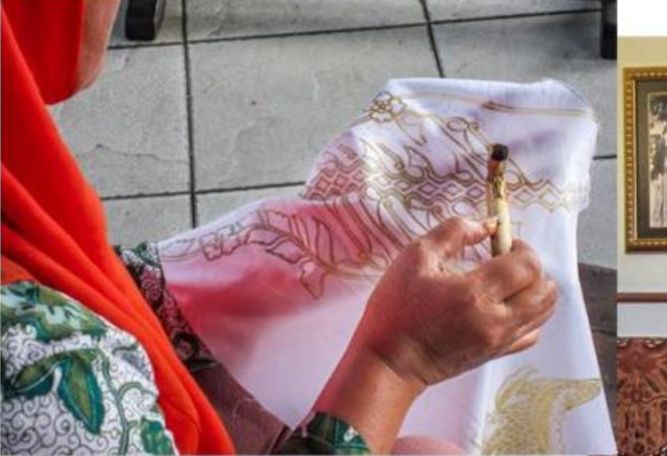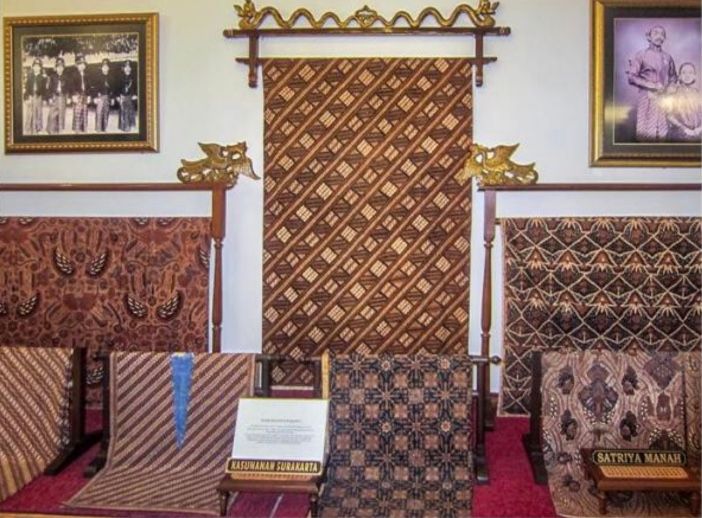
Batik: Truly Indonesia
Thailand and China has elegant silk, India has cotton and the Philippines have pineapple fibre that is unique in the world but Indonesia has beautiful v to boast about.
Visiting Indonesia would never be completed without exploring the place where the most important and highly developed art… Batik. Batik came from the word “ambatik” or its meaning in English ‘a cloth with small dots’. Some say the word Batik originated from the Javanese word ‘Tritik’ which is a process of dying, similar to tie dye techniques. The Far East, Middle East, Central Asia and India show the presence of Batik from over 2000 years ago. Likewise, Batik making was practiced in China as early as AD 581-618. These were silk Batiks and have also been discovered in Japan in the form of screens. In India, frescoes in Ajanta caves depict head wraps and garments which could all have been Batik.
But the island of Java in Indonesia, particularly Yogyakarta is where Batik has reached the greatest peak of success. The art of Batik later spread not only to the Indonesian archipelago and Malay peninsula but to other SE Asian countries. Knowing a bit of the history of Batik, the trip to Java was a welcome treat. Our group had the rare chance of touring a Batik factory and museum. Thanks to Madam Anita Rusdi, the wife of Ambassador of Indonesia, H.E Mr Ahmad Rusdi for making it possible. It was interesting as we had experienced a lot of excitement just looking at the many different patterns in beautiful colours of indigo, magenta etc.

A one time visit is not enough to know the origin of the designs but just looking at the display was enough for enthusiastic onlooker like me. Why it does have that effect on me may have started in my youth when my dad would bring Batik clothing in various patterns and colours so my grandmother can make dresses for me and my siblings. I have always been fascinated by how it is made that during my first visit to Indonesia, I bought a few wood blocks which is now in use as a decorative items. While at the factory, the owner kindly invited us to a small workshop to show us how it is done. Natural materials such as cotton or silk are used so that the cloth can absorb the wax that is applied in the process. The cloth should have a high quality thread count so that the quality of the Batik can be maintained. What was shown to us was a technique that instead of weaving with thread, patterns are applied by drawing.
We were given a cloth and the design we traced from stencils. The shadow of the design is then traced with a pencil. While the process seems to be very intricate, the tools were simple. A small thin spouted copper container called canting (wax pen) is connected to a small bamboo handle. The container that holds the melted wax is called ‘wajan’. Next is the wax made with a mixture of beeswax, which is commonly used. Wax ingredients are a highly guarded secret. We were ready to make our own handmade Batik. Looking at the artisans at work seems so easy but when it was our turn to try, we sweated like anything but had so much fun watching and doing it ourselves. Using our canting and the boiled wax inside a wajan, we scooped the wax to make our handmade Batik. We were often reminded to make sure that the wax must be at the proper temperature because leaving it cool will clog the spout of the canting and if it is too hot it will flow too quickly and it’s hard to control.

Next was the dyeing technique. The cloth was soaked for at least ten minutes in a dye bath. The colour that was used is the traditional blue made from the leaves of Indigo plant. For darker colours, the cloth is soaked for at least days and submerged eight times a day. The second colour was brown called soga and could range from light yellow to dark brown. The final process depends on how long the cloth was soaked in the dye bath. Artisans can create varied traditional colours. Apparently, the methods of decorating fabrics were practiced for centuries by the Javanese. It consists of applying a design to the surface of the cloth by using melted wax. The material is then dipped in cool vegetable dye; the portions protected by the wax do not receive the dye, and when the wax is removed in hot water the previously covered areas display a light pattern on the coloured ground. It was a full workshop from painting to washing and drying the cloth.
The finished products were given to us as a souvenir. Next stop was a high end Batik museum. The clothing found in museums of Java indicates that the same patterns have been use for about 1,000 years and were handed down to families. There are certain designs reserved for royalty and high officials. Motifs are either geometric or based on conventional natural objects. After our Batik factory and museum visits, we went to give a courtesy call to the Queen Consort of Special District of Yogyakarta, Ibu Retu Hemas, wife of the 19th leader of the Sultanate of Yogyakarta and Governor on the region.

The Queen of Yogyakarta is known to be a great patroness of the Batik art and provided support to develop many other art forms such as silver ornamentation, wayang kulit, etc. It was said that the Batik was originally reserved for Javanese royalty. Apparently, certain patterns were reserved to be worn only by the Javanese royals. Some countries like India, China and Africa have their own interpretation of this art and use these techniques and their own ideas knowing the importance of this art form. The Javanese Batik artisans develop their product using traditional technique and incorporating them by experimenting patterns and inspirations from different places. Most of the patterns have stories to tell just like in carpet making.
It is hard to imagine Indonesia without its world famous Batik. It should continue to thrive and let today’s generation learn this art form using new techno ideas.





